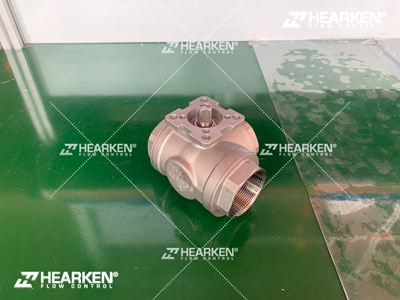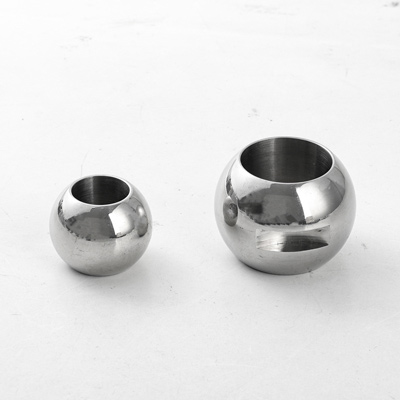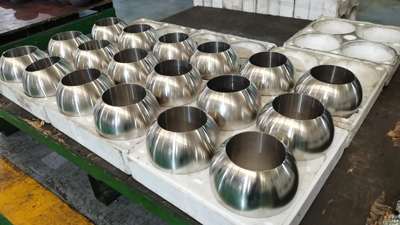What is the Difference Between a Hollow Ball Valve and a Solid Ball Valve?
What is a ball valve?
Ball valves are versatile components widely used to control the flow of fluids.
One of the main differences between ball valves is their internal structure - whether the ball is hollow or solid.
Understanding these differences can help you choose the right valve for a specific application.

Hollow Ball Valve vs. Solid Ball Valve: Main Differences
1. Construction and Design
Hollow Ball Valve: Uses a hollow, lightweight ball. This design reduces the use of materials, making the valve more cost-effective and easier to operate.
Solid Ball Valve: Contains a solid, dense ball, providing greater durability and strength, especially for high-pressure applications.
2. Flow Control and Performance
Hollow Ball Valve: Designed for applications with moderate pressure and sufficient flow. Lighter construction may result in slightly lower pressure resistance.
Solid Ball Valve: Provides better flow control and can handle higher pressures and temperatures due to its rugged design.
3. Applications
Hollow Ball Valve: Commonly used in low- to medium-pressure systems such as water supply and general plumbing.
Solid ball valve: Suitable for high-pressure industrial systems where strength and reliability are critical, such as oil and gas pipelines.

Hollow ball valve advantages
1. Lightweight and easier to install.
2. Cost-effective for low-pressure systems.
3. Suitable for non-critical applications.

Solid ball valve advantages
1. Excellent strength and durability.
2. Very suitable for high-pressure and high-temperature systems.
3. Longer service life under harsh conditions.
How to choose between hollow ball valves and solid ball valves?
Evaluate pressure requirements: For high-pressure systems, choose a solid ball valve. For low to medium pressures, a hollow ball valve is sufficient.
Consider application needs: For lightweight and cost-sensitive projects, choose a hollow ball valve, and for critical industrial systems, choose a solid ball valve.
Weigh cost and performance: Although hollow ball valves are cheaper, solid ball valves have higher reliability and durability.
Conclusion
The choice between hollow ball valves and solid ball valves depends on the specific needs of your application.
Hollow ball valves are lightweight and economical, making them ideal for general use, while solid ball valves excel in high-pressure and industrial environments.
Frequently Asked Questions
Q: Is the ball valve hollow or solid?
A: Both, more hollow
Q: What is the normal temperature range of the PPH ball valve
A: 0-100 degrees
Q: How many times can the PVC ball valve rotate
A: It depends on the working conditions, such as the pressure medium
Q: The pressure of the UPVC two-way ball valve
A: Below DN50 can reach PN16 Above DN50 can only reach PN10